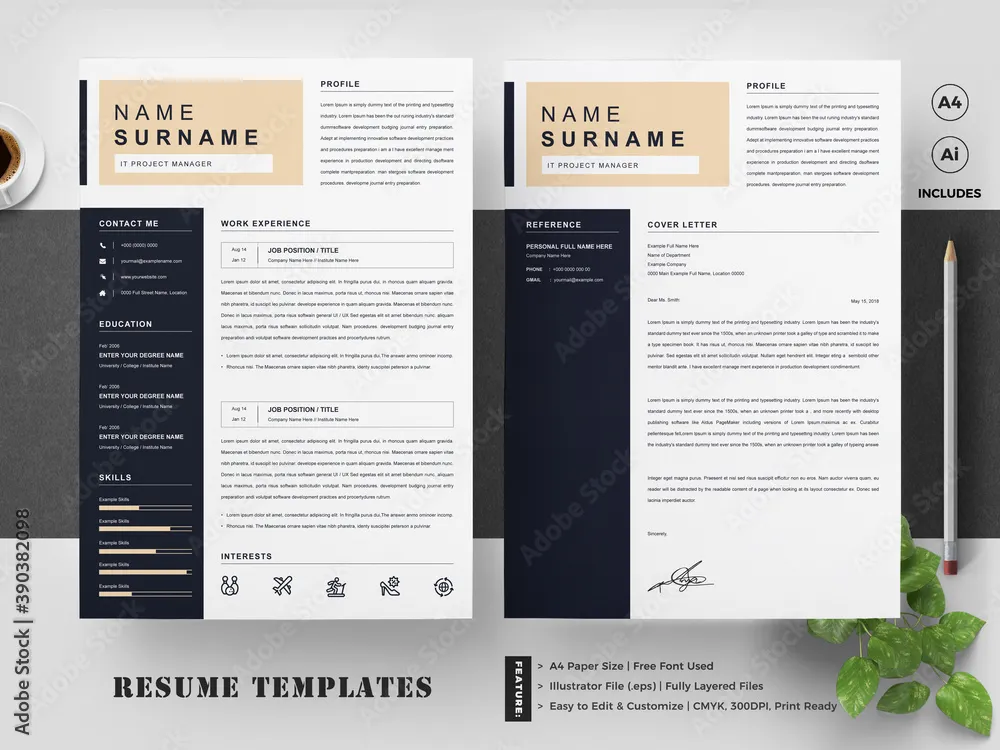The Importance of a Cover Letter
In today’s competitive job market, a well-crafted cover letter is no longer optional it’s essential. It serves as your first introduction to a potential employer, providing you with the opportunity to make a strong impression and distinguish yourself from other applicants. A cover letter allows you to expand on your resume, providing context and demonstrating your personality, skills, and genuine interest in the position. It’s your chance to tell your story, showcasing why you are the perfect fit for the role and the company. By highlighting your accomplishments and explaining how your experience aligns with the job requirements, you significantly increase your chances of getting noticed and securing an interview. So, view it as an opportunity not a chore.
Why a Cover Letter Matters
A cover letter matters because it offers a personalized view beyond the standard information on a resume. It reveals your communication skills, demonstrating your ability to articulate your thoughts and express yourself professionally. It enables you to tailor your message to the specific job and company, illustrating your genuine interest and showing that you’ve taken the time to understand their needs. Through your cover letter, you can bridge any gaps in your resume, providing explanations for career changes, employment gaps, or other relevant details. It also allows you to express your enthusiasm for the opportunity and highlight your unique value proposition. A well-written cover letter can significantly increase your chances of getting an interview, setting the stage for a successful job search.
Key Components of a Cover Letter
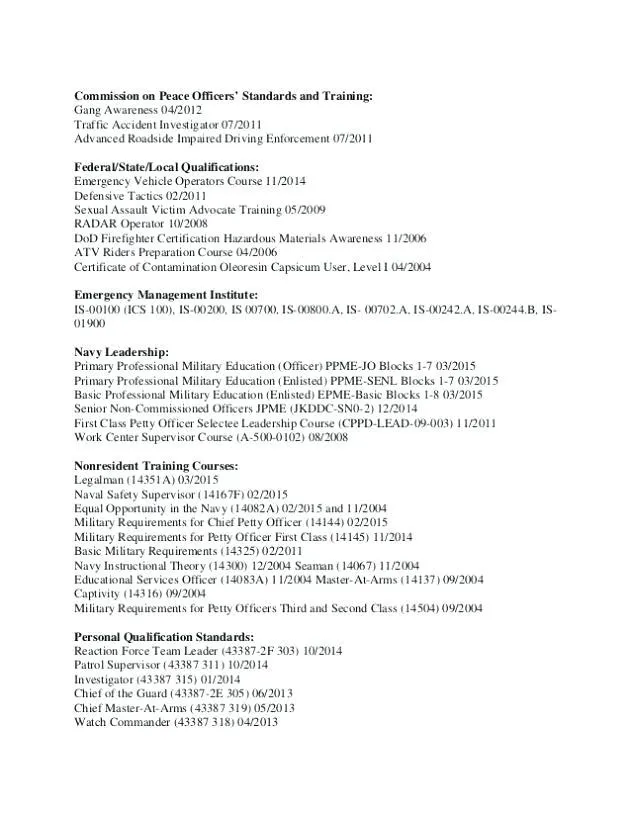
A compelling cover letter has several core components that work together to make a strong impact. First, you must include your contact information and the date, ensuring the hiring manager knows how to reach you. Next, address the hiring manager by name whenever possible, showing that you have done your research and are taking the time to connect personally. The opening paragraph should express your interest in the role, mentioning where you saw the job posting and why you are excited about the opportunity. In the body of the letter, highlight your relevant skills and experiences, providing specific examples and quantifiable results to demonstrate your achievements. Finally, end the cover letter with a call to action, expressing your availability for an interview and thanking the hiring manager for their time and consideration.
Contact Information and Date
Start with your full name, address, phone number, and email address. Ensure your email address is professional-sounding. Immediately below this, include the date of the letter. This provides the necessary contact details and a time stamp for the application.
Greeting the Hiring Manager
Always address the hiring manager by name if possible. Research the company website or LinkedIn to find the name of the hiring manager or the person in charge of hiring for the specific role. This shows you’ve done your homework and are making a personalized connection. If you can’t find a name, use a general greeting such as ‘Dear Hiring Manager’ or ‘Dear [Department Name] Team.’
Expressing Your Interest in the Role
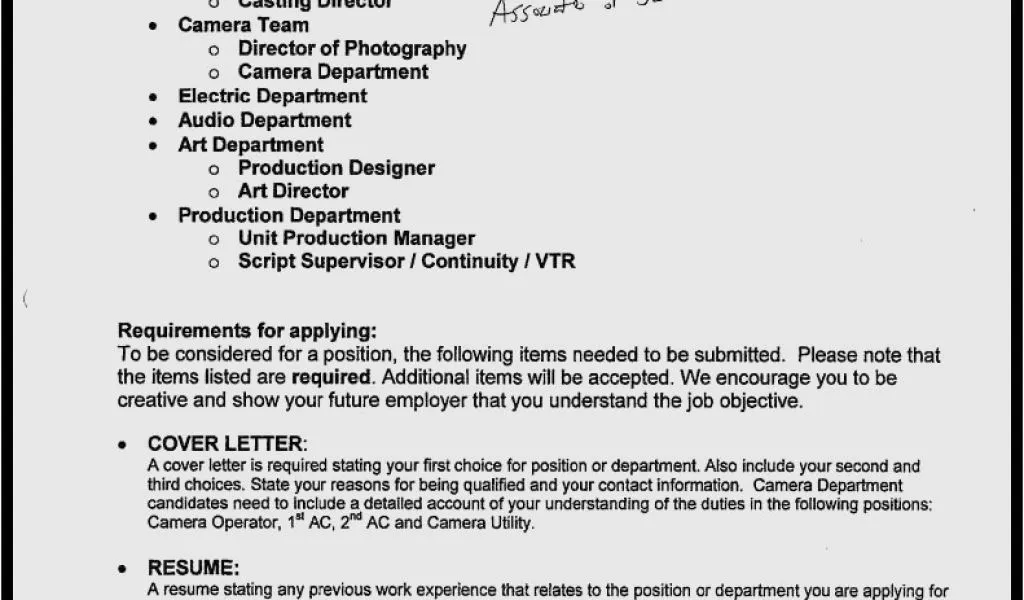
In your opening paragraph, clearly state the position you are applying for and where you found the job posting. Briefly express your enthusiasm for the opportunity, mentioning what aspects of the role or company particularly appeal to you. This establishes your interest and sets the tone for the rest of the letter. Be specific and genuine to create a positive impression.
Highlighting Relevant Skills and Experience
In the body of your cover letter, focus on highlighting the skills and experiences most relevant to the job description. Use keywords from the job posting to demonstrate that you meet the required qualifications. Provide specific examples of your achievements and how you have applied your skills in previous roles. Tailor each example to fit the specific requirements outlined in the job description, providing a direct and clear connection between your qualifications and their needs.
Showcasing Achievements and Quantifiable Results
Whenever possible, quantify your achievements with numbers and data. Instead of saying ‘Improved customer satisfaction,’ state ‘Increased customer satisfaction by 15% in six months.’ This demonstrates the impact of your work and provides concrete evidence of your abilities. Use the STAR method (Situation, Task, Action, Result) to describe specific situations where you used your skills to achieve positive outcomes. This approach makes your achievements more compelling and memorable.
Tailoring Your Cover Letter to the Job Description
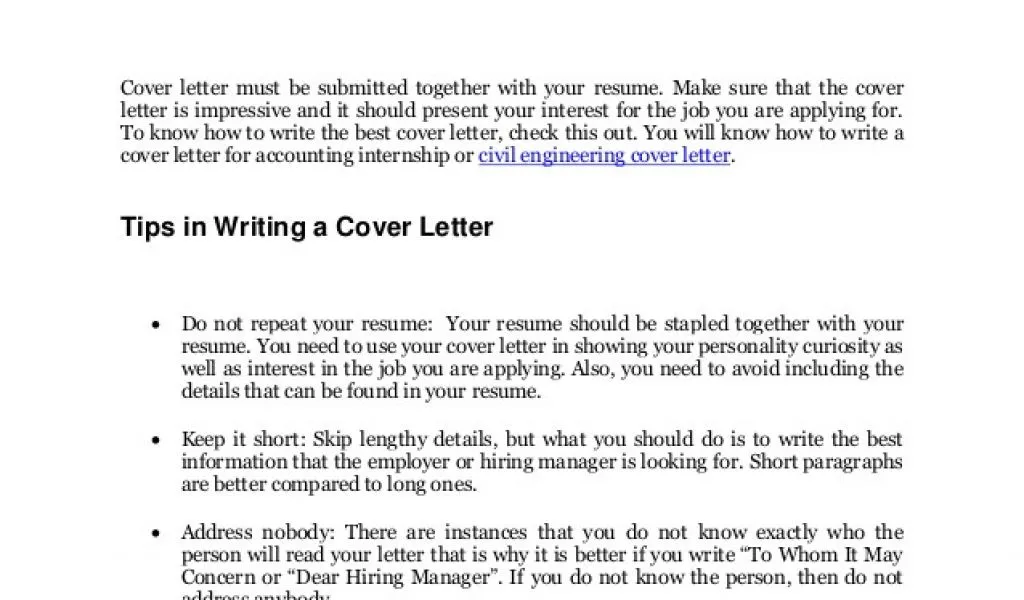
Every cover letter should be tailored to the specific job you are applying for. Start by carefully reading the job description and identifying the key requirements and qualifications the employer is seeking. Then, customize your cover letter to address each of these points, highlighting your relevant skills and experiences that match their needs. Avoid using a generic template; instead, create a unique letter that showcases your understanding of the role and the company. This personalization demonstrates your genuine interest and increases your chances of standing out.
Researching the Company and the Role
Before writing your cover letter, take the time to research the company and the role. Visit the company’s website, read news articles, and check their social media profiles to learn about their mission, values, and recent activities. This information will help you tailor your letter to reflect your understanding of the company and the specific requirements of the job. Demonstrate that you understand the company’s needs and how your skills can contribute to their success. This shows initiative and genuine interest.
Using Keywords from the Job Posting
Carefully review the job description and identify the keywords the employer uses to describe the required skills, qualifications, and responsibilities. Incorporate these keywords naturally throughout your cover letter, ensuring that you highlight your relevant experience and skills using the same language as the job posting. This helps your application get noticed by applicant tracking systems (ATS) and ensures that you are directly addressing the employer’s needs.
Formatting Your Cover Letter for Readability
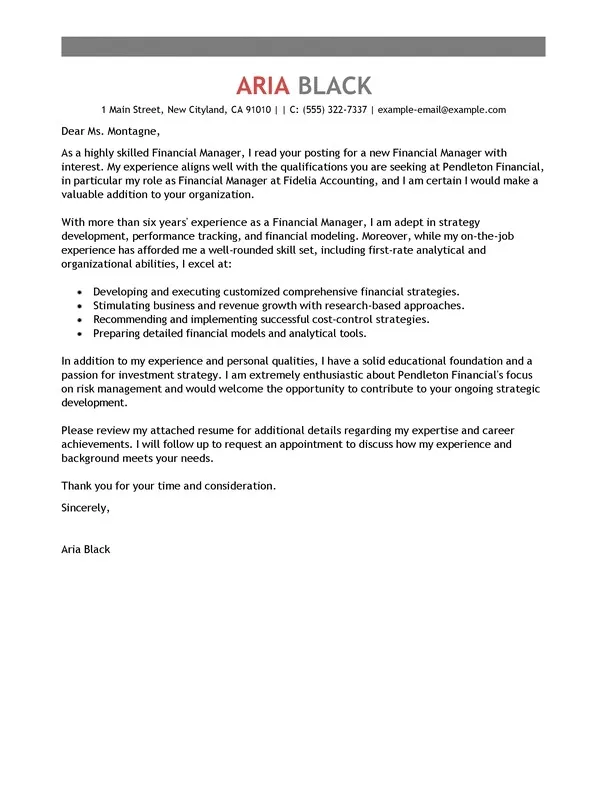
Formatting plays a crucial role in making your cover letter easy to read and visually appealing. Use a professional font, such as Times New Roman, Arial, or Calibri, in a size between 11 and 12 points. Maintain a consistent and clean layout with appropriate spacing between paragraphs and sections. Use bullet points to highlight key achievements or skills, and ensure your letter is free of any formatting errors.
Choosing the Right Font and Font Size
Select a font that is easy to read and professional-looking. Avoid using overly stylized or unusual fonts. Times New Roman, Arial, and Calibri are excellent choices. Use a font size between 11 and 12 points to ensure that the text is easily readable without appearing too small or too large. Consistency in font choice and size throughout your cover letter is essential.
Keeping Paragraphs Concise and Engaging
Keep your paragraphs short and to the point. Break up long blocks of text into smaller, more manageable paragraphs to improve readability. Start each paragraph with a strong topic sentence that clearly states the main idea. Use active voice and engaging language to capture the reader’s attention. Avoid jargon and overly complex sentences to ensure your message is clear and concise. The goal is to be informative and make your letter easy to read.
Proofreading and Editing Your Cover Letter
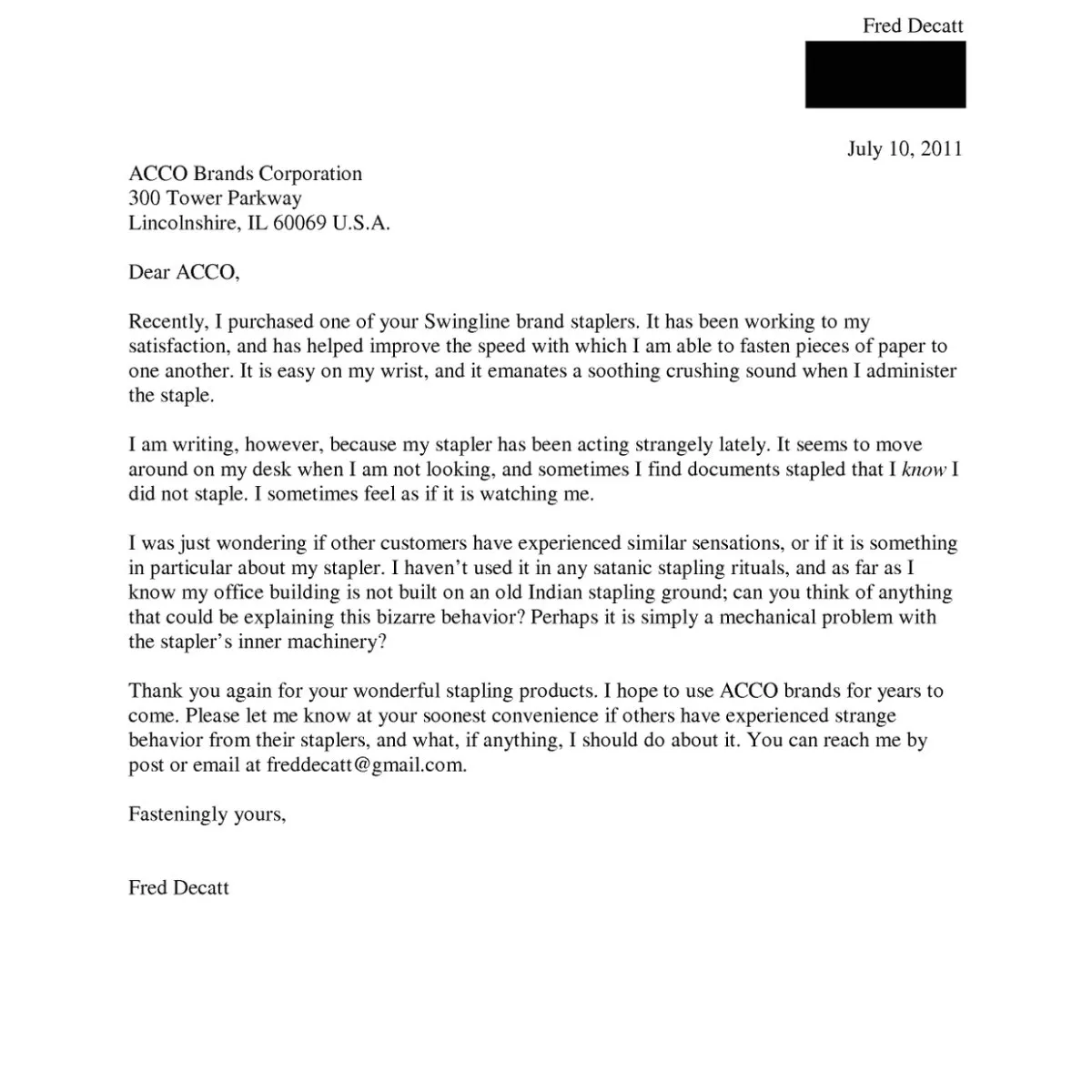
Proofreading and editing are critical steps in the cover letter writing process. Carefully review your letter for any grammar, spelling, punctuation, and formatting errors. Errors can undermine your credibility and make a negative impression on the hiring manager. Read your letter multiple times, and consider having someone else proofread it as well. A fresh pair of eyes can often catch mistakes that you might miss.
Checking for Grammar and Spelling Errors
Use a grammar and spell checker to catch any obvious errors. However, don’t rely solely on these tools. Read your cover letter carefully to identify any mistakes that the software might miss. Pay close attention to your use of punctuation, such as commas, semicolons, and apostrophes. Ensure that you have used the correct verb tenses and that your sentences are grammatically correct. A polished cover letter demonstrates your attention to detail.
Seeking Feedback from Others
Ask a friend, family member, career counselor, or mentor to review your cover letter. A second opinion can provide valuable insights and help you identify any areas for improvement. Ask your reviewer to provide feedback on the clarity of your message, the relevance of your content, and the overall impact of your letter. Incorporate their suggestions to create the best possible cover letter. Fresh perspectives can greatly enhance the final product.
The Proper Way to Staple Your Cover Letter and Resume
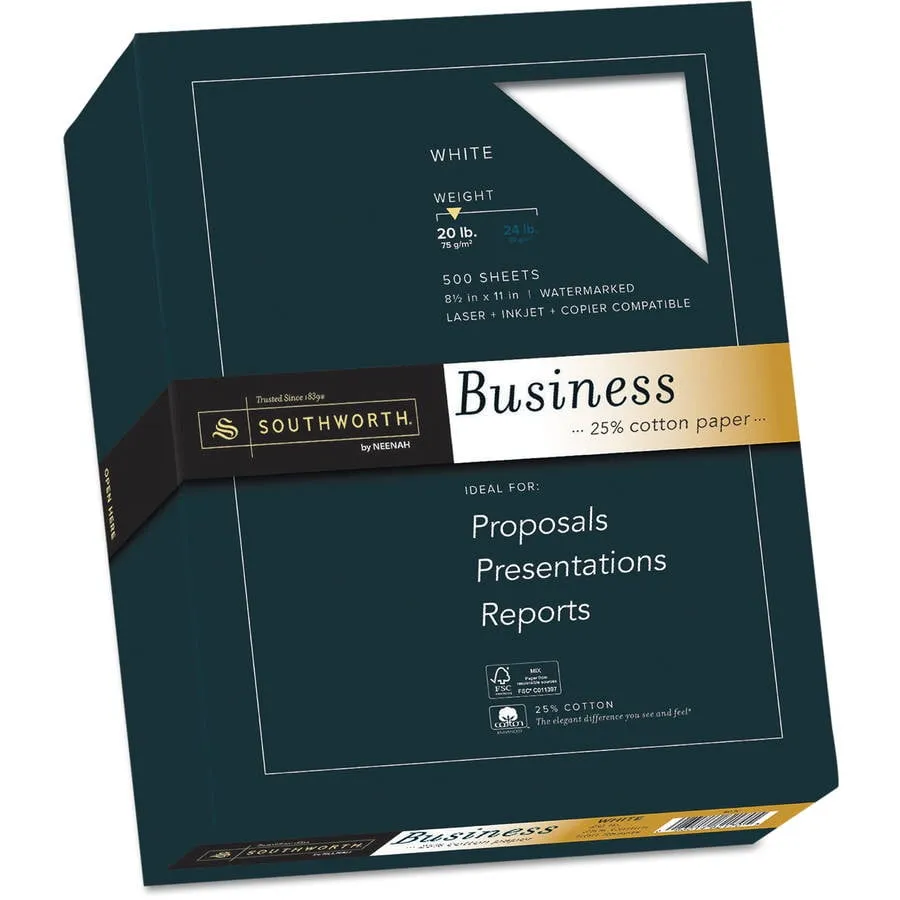
When submitting a hard copy application, it’s important to assemble your documents professionally. The standard practice is to staple your cover letter to the top of your resume. Align the top left corners of the cover letter and resume, and use a single staple in the top left corner to secure them together. Make sure the staple is neat and does not damage the documents. This presentation ensures that the hiring manager can easily read your cover letter first, providing context for your resume. This organization is essential to a positive first impression.
